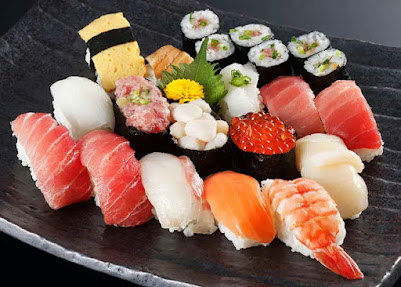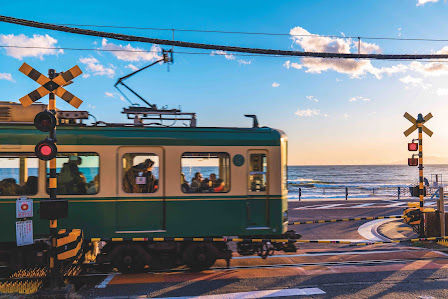Place Essentialism of Japan:shinto shrine "ASSESS"
In the stereotype of some visitors, Japan's shinto shrine are mysterious and dangerous for some historical reason, but as the mystery of Shinto shrine has been lifted by Japanese TV series and anime, now more and more tourists want to go offline to have a look. Although the shinto shrine in Japan is very similar to some traditional temples in East Asia, they are basically unrelated.
There are about 85,000 Shinto shrines in Japan. Shinto shrines are built on the basis of Japan's native religion, and people worship different gods. At Shinto shrine, visitors can experience the most traditional ritual of all: Upon entering the shrine, visitors can wash away their bad spots with holy water from the shrine, and then come to the shrine to invest a certain amount of cash before starting to make wishes. At the beginning of the New Year, native Japanese people go to Shinto shrine together to beg for good things in the New Year.
Most of the deities enshrined in Japan's Shinto shrine are positive and symbolic. Mountains such as Shinto shrine, Mount Fuji, forests, waterfalls and rocks may be deified to show how people Revere nature. But in some Shinto shrine are some war criminals about the Second World War, which for some tourists has touched their bottom line. This is why many tourists vandalize Shinto shrine. Therefore, how to balance the relationship between tourists and Shinto shrine has become a problem that the Japanese government should think about.





In Gan's Blog about essentialism, he addresses the stereotype people have with Japan's Shinto shrine. He talks about culture behind Shinto shrine, and it's history, it is all really attractive. Also, he mentions why some Shinto shrine will be damaged but some may not. It is all due to the Shinto shrine's symbolism and people's understanding about different Shinto shrine. In this blog, Gan covers all the criteria need to include. The images he input are related with the words he is saying, and the image about shrine really make me want to visit there someday. At the end of the article, he mentions about the Japanese government need to do something to balance the relationship between tourist and Shinto shrine, he could write down what he thinks about it, his advices. I think if i am going to write this, i would add in some rhetorical question tones, to help the reader highlight the main intention in each paragraph. This blog is inspiring to read, i havn’t realise that Shinto shrine is a debatable subject, i thought all the people like it and respect it.
回复删除